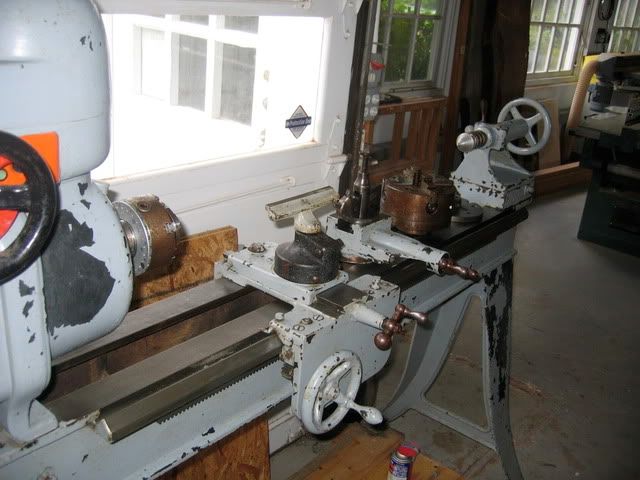
The head is variable speed from 600 to 3600 rpm.

It seems that all the parts and paint are original including the face plates and larger chuck. The moving carriage accommodates both the tool rest and cutter attachment. Both the bed and cutter attachment are indexed for easy repeatability.

Everything works beautiful with no slop in any of the moving parts. The motor emits a wonderful quite whirring sound.
So the only problem is the paint. I imagine the black is the factory primer.

Now being one of limited patience and desire to do the dirty work of paint removal and repainting. What is the best way to address a paint job in this condition. Of course, I could just live with it which is probably the near term solution. Any thoughts would be much appreciated.
Thanks,
Tom